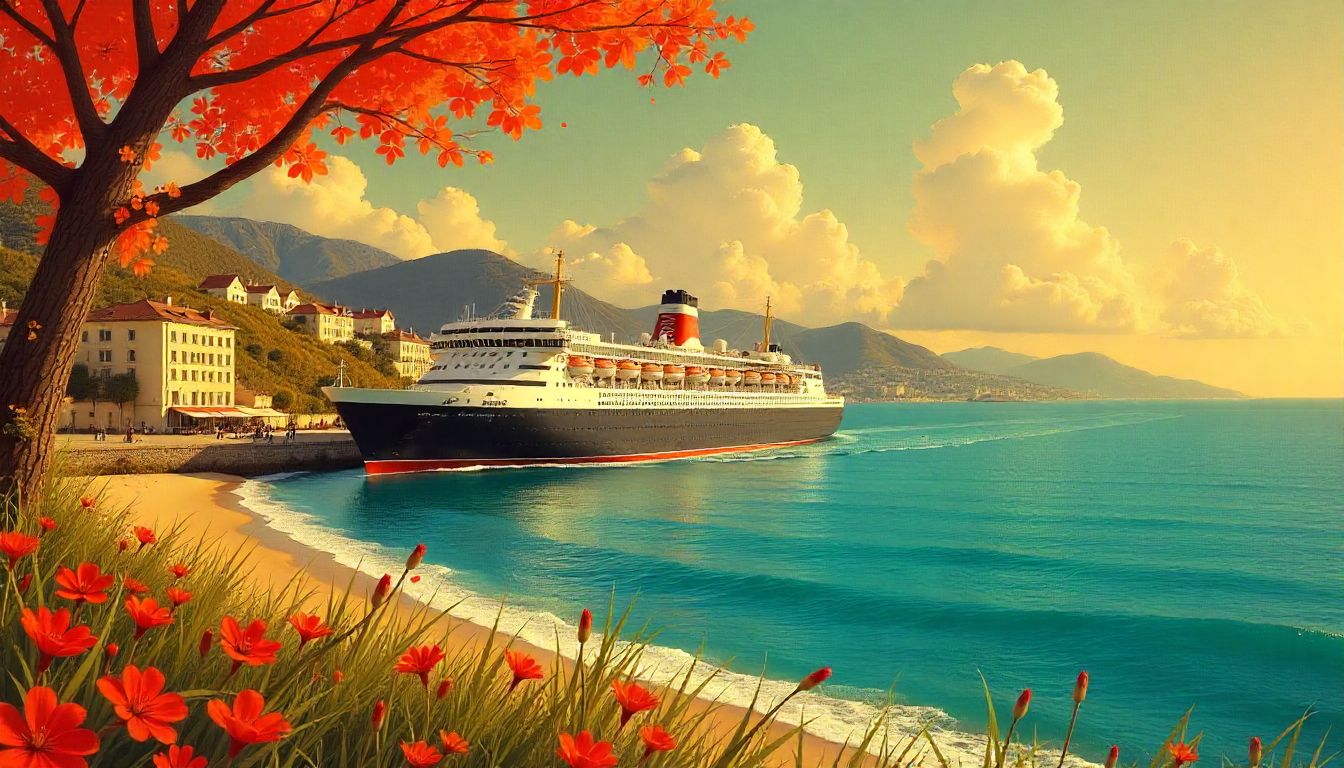France is home to some of Europe’s most strategic maritime gateways, and anyone exploring the complete French ports list will quickly see how vital these hubs are for trade, tourism, and transportation. From the Atlantic to the Mediterranean and along its rivers, France has a wide network of ports that serve both cargo and cruise operations. These ports handle millions of tons of goods annually, making the country a key player in global maritime commerce.
Importance of French Ports for Trade and Tourism
The French coastline, which spans the Atlantic Ocean, the English Channel, and the Mediterranean Sea, has long been a hub for international shipping and travel. French ports not only connect the country to northern Europe but also to global markets across the Suez Canal and beyond. With port operations handling everything from agricultural products to containers filled with industrial goods, these maritime gateways are vital to the national economy.
Additionally, major cruise port facilities in cities like Marseille and Le Havre make France a popular destination for river cruise and sea voyage tourism. This combination of cargo and cruise traffic underscores the dual role that ports play in both commercial and leisure sectors.
Le Havre: The Second Largest French Port
Le Havre is the second largest port in France and a key hub for both cargo and passenger operations. Located on the northern coast along the English Channel, it is also a major deep water port that connects directly to international shipping lanes. Annually, it handles several million tons of goods and is recognized as a vital container port with two container terminals capable of processing thousands of TEUs per year.
The port operations in Le Havre focus heavily on imports and exports, including agricultural products and manufactured goods. Its strategic location makes it one of the most significant ports in Western Europe, with port operations connecting to the canal system that leads to Rouen and Paris. This water port is essential for distributing goods to central France and beyond.
Port of Marseille Fos: The Largest Port in France
Marseille Fos is the largest port in France and a cornerstone of the Mediterranean maritime trade network. This grand port maritime manages an impressive volume of millions of tons annually, making it one of the most important ports in the region. It serves as a commercial port and cruise port, handling 79 million tons of goods in a typical year.
Its deep water access allows large vessels, including container ships and cruise liners, to dock with ease. The port also supports global markets with exports like grain and imports of industrial goods. With two main areas—Marseille for passengers and Fos Port for cargo—the facility has become a key hub for international trade.
Northern French Ports: Calais, Dunkirk, and Rouen
The northern coast of France hosts several significant ports that play crucial roles in European trade.
- Calais: Known for ferry operations to the United Kingdom, Calais is also a vital part of the French ports network for goods transportation.
- Dunkirk: This port handles agricultural products, industrial goods, and containers, connecting France to northern Europe.
- Rouen: As part of the Seine River system, Rouen is the first inland port for maritime traffic. Together with the port of Paris, it forms a vital trade corridor.
These ports handle millions of tons per year and form a central part of France’s canal system, which allows for efficient inland distribution.
Port of Paris and French River Port Operations
The port of Paris is the largest river cruise and commercial hub in central France. Its port facilities of Paris manage a wide range of goods, from construction materials to agricultural products. As a french river port, it connects with the Seine to distribute goods inland, making it a key hub for regional logistics.
Rouen and Paris together contribute to millions of tons of goods movement annually. This water port system highlights the importance of river operations in addition to traditional seaports.
Atlantic Coast Ports: La Rochelle and La Pallice
On the Atlantic coast, La Rochelle and its harbor, La Pallice, form one of the most important ports for both cruise and cargo operations.
- La Pallice: A deep water commercial port that handles containers and bulk goods, La Pallice is crucial for international trade.
- La Rochelle: Known as a cruise port and yacht destination, with around 850 yachts docking annually, it is also a key hub for tourism.
Together, these Atlantic ports handle millions of tons of goods and contribute to the maritime economy by connecting France to Western Europe and global markets.
Port of Brest and Western France Trade
The port of Brest, located along the Atlantic, is also a major trade and naval hub. This port handles both civilian and military operations, managing tons of goods each year. Brest plays an important role in connecting France to northern Europe and the wider world, handling everything from agricultural exports to containers of industrial goods.
Why French Ports Are Key to Global Shipping
French ports are integral to global supply chains due to their strategic locations and versatile port operations. Ports handle a wide range of imports and exports, including agricultural products, manufactured goods, and containers destined for northern Europe and beyond. With millions of tons moving annually, these ports are essential for both the national and European economies.
From the second largest port at Le Havre to the deep water port of Marseille Fos and the commercial port of La Pallice, each port in the complete French ports list plays a specific role in moving goods efficiently. Combined, they form a network that supports both local industries and international trade routes.
Cruise Tourism and Major Cruise Ports in France
France is not only about cargo; it is also a prime destination for major cruise tourism. Cities like Marseille, Le Havre, and La Rochelle welcome thousands of passengers each year. River cruise operations along the Seine and Rhône also attract visitors, contributing to the country’s tourism economy.
This dual focus on cargo and cruise port development ensures that France remains a key hub for maritime activities across Europe and the world.
Schlussfolgerung
The complete French ports list demonstrates the strategic importance of the country’s maritime infrastructure. From the largest port at Marseille Fos to the second largest at Le Havre and the historic port of Paris, France has built a network that handles millions of tons of goods and supports a thriving cruise tourism industry.
Whether serving as a container port, a commercial port, or a river cruise destination, each port contributes to a system that connects France to global markets and ensures the smooth operation of European trade routes.

 Complete French Ports List: Major Cruise & Cargo Ports in France">
Complete French Ports List: Major Cruise & Cargo Ports in France">
